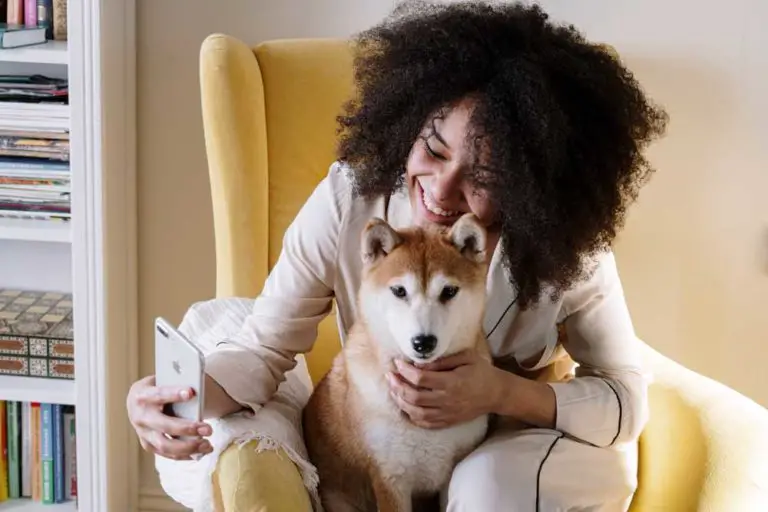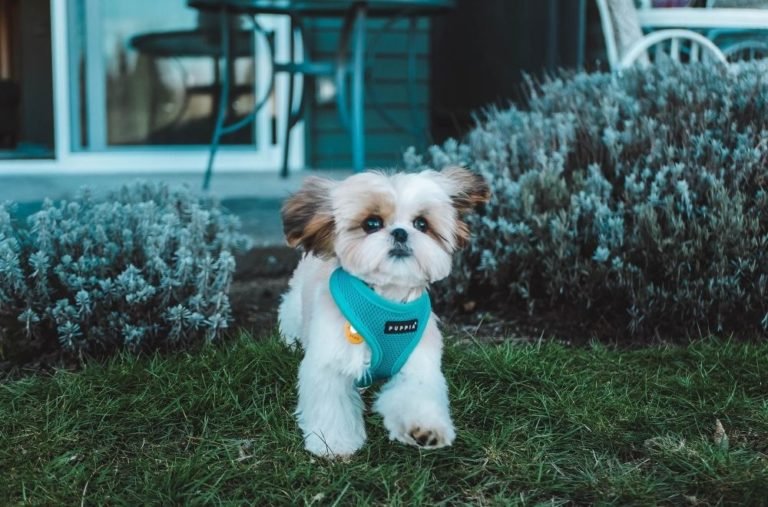Are You Losing Control Of Your Dog? How To Gain It
Dogs are the active and bouncy creatures that we all love and adore. Irrespective of their breed, they are highly enthusiastic and will require some form of training. However, the first step of training your dog is having control of them. Without proper control, any training efforts will prove to be futile.
If your dog is jumping, mouthing hard and body-slamming people or being a rebel in its own way, you are losing control of your dog. The good news is that you can gain control over your dog and train him to be the adorable pup that he is. Here are a few ways to help you achieve the objective.
1. Physical exercises
If your dog is bouncy all the time, he may have a lot of energy, and the morning walks are not sufficient to take the edge off your dog. Leash walks do not burn much energy and are of little use in the case of active and healthy dogs.
Also, dogs in their growing years are very active, and they are not adequately trained to put the energy to good use. What results out of such a situation is your dog using all the pent up energy in the most destructive way possible. Hence it is necessary to develop a habit of daily physical exercise in your dog.
Aerobic exercises can be extremely helpful. Choose a variety of activities depending on your dog’s liking, and the duration shall depend on his activity level. Choose mornings for running, trotting, or playing fetch. These activities will tire them and will also help them go through the day relaxed.
2. Change in food habits
Dogs fail to realize that their sharp teeth can be destructive and dangerous. Also, they may develop habits of grabbing everything with their teeth. A chewy toy can be quite helpful in keeping them engaged for a longer time.
Also, a little change in food habits may be advisable. Food bowls can be replaced with food dispensing toys. Freezing the food can also be helpful. These factors combined will increase the feeding time of your pup and will pleasantly tire and relax his jaws.
3. Reward good behavior
Dogs are friendly and like getting attention all the time. Often the bad behavior in dogs develops from their need for attention. They love being around humans and will do anything to be noticed, even if it involves reprimands. Punishing bad behavior may seem like the most logical solution in such a case.
However, dogs may not respond to your punishment pleasantly. Most of the time, they even fail to recognize the actual cause of their punishment. Hence they will keep on repeating bad behavior despite being punished.
Rewarding good behavior is a better option. Treats should not be limited to training times. Reward your dogs with a treat or play with them when they display polite behavior. This will teach your dog to get attention by being quiet and disciplined.
4. Time outs for bad behavior
Punishment is not a good response to the bad behavior displayed by your dog. You cannot ignore it as well. Therefore, it becomes important to give them time outs. Time outs are a period of isolation when nobody interacts or plays with the dog. You can assign any area or even a corner of a room for that.
As we all know, dogs crave attention, which makes time outs really effective. Slowly your dog will understand the pattern and stop doing things that lead to such time outs.
Time outs should be given on every instance of bad behavior to rule them out completely. However, some dogs can be really sensitive to isolation and may get upset or frightened. It can also be harsh on dogs with separation anxiety. In such a case, it should be avoided, and a suitable alternative should be put in place after consultation with your trainer.
5. Small leash
If your dog is mouthing, jumping, or body slamming people, It can be dangerous for others in the vicinity. Children are frail and tiny and can be hurt if your dog suddenly starts displaying such behavior.
Putting a small leash on your dog can be helpful. A small leash will help you efficiently gain control of your dog in case of unexpected behavior or emergencies. Also, it will make it easier to lead them to their timeout zones. The small leash will prevent them from getting away.
6. Mental exercises
Dogs display a variety of emotions like aggression, boredom, and separation anxiety. Physical exercises are effective but not sufficient. It needs to be properly supported by mental exercises.
Fun reward-based training for a short duration each day will ensure that your dog inculcates polite and disciplined behavior. They need to learn what kind of behavior is appreciated and what is condemned.
Some habits like greeting people warmly, waiting for their food patiently, and getting attention by lying close can be taught with the help of appreciation and reward-based training.
7. Other reasons
Dogs are naturally very active. Sometimes the aggression may have medical reasons associated with it. Your dog may find it difficult to express in any other way and may resort to aggression or other forms of bad behavior.
Dogs tend to get aggressive when they are hungry, bored, upset, or sick. Getting to the real cause is essential to control bad behavior. Talk to your vet to rule out the possibility of medical issues. While it is important for dogs to harness good behavior, it is also vital to have an environment conducive to such behavior.
These are some of the ways which can help you gain control of your dog. However, you need to understand your dog, his habits, and his specific issues to rule out bad behavior completely. It is also vital to follow each step to the letter. Inconsistencies will create confusion in dogs and will defeat the purpose of the entire process.







